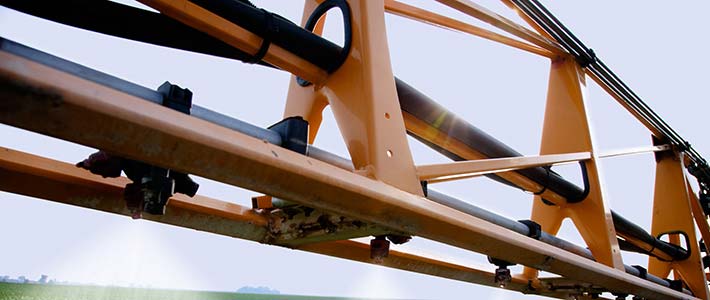Spring has arrived in Minnesota, the snow has melted and farmers are tilling fields getting ready to plant. One of the common questions is: “Hey, Doc, how deep do I plant soybean seed?”
Of course, the most accurate and most frustrating answer is: “It depends!”
Here is what we know:
- A uniformly emerged crop is far easier to manage than a differentially-emerged crop.
- Soybean seed germination begins with imbibing water, continues with seed swell, followed by emergence of the radicle and cotyledons from the seed.
- Planting into a moist seedbed with good seed-soil contact provides for optimal, and uniform, germination.
- Soil conditions (temperature, moisture, oxygen, anti-growth issues, etc.) within the seed zone affect bean seed germination and emergence.
According to the below research, most authors say things like plant 1-1.5 inches, or 1-2 inches; a few say deeper, a handful will say shallower.
The most accurate answer is: deep enough the soybean seed absorbs sufficient water to successfully germinate and emerge.
Published research from New York and Wisconsin suggest that depth will be right at one inch; research from Nebraska shows it is closer to two inches, or even deeper. Most of the rest of the literature will fall somewhere between the two extremes.
A soybean seed typically absorbs about half of its original weight with water before it will germinate, release the radicle (seedling root) and lift the cotyledons (seedling leaves) through the soil crust, emerging to utilize the sun’s energy. It also should do this in an aerobic (plenty of oxygen) environment, so the moisture/air balance must not be out of whack.
It becomes obvious the seed needs to be placed sufficiently deep into the soil to accommodate the moisture and oxygen demands of the infant plant during this critical period. Your specific soil type will play a critical part in this debate.
There are questions you should be asking yourself: How much water, and air, can your soil hold? How quickly can it drain? How susceptible will your site be to dramatic changes in temperature or moisture? All of these questions translate into, what is your soil texture and drainage situation?
In a typical southern Minnesota spring, clay soil tends to be overly wet, which translate into a recommended seeding depth close to one inch. A sandy soil drains quickly, which often means insufficient moisture for uniform soybean emergence occurs in the upper 1.5 inches of soil, so recommended planting depth will be closer to two inches. Loam soils are such that recommended seeding depth will be somewhere between the two.
Other issues such as existing soil moisture and probability of rain will then affect your decision. As you plant, you will have to be ready to adjust planting depth each day you are in the field. So as you get your planter ready to go, make sure you have all the parts properly lubricated, adjustment knobs free, etc. This allows you to successfully implement changes as needed.
An old east Texas saying goes, “If you want to hear God laugh, tell him your plans.” Good planning, however, will keep you out of trouble. Just be flexible as you implement the plan.
David Kee is the director of research at Minnesota Soybean and can be reached at david@mnsoybean.com or 507-388-1635.







